On June 11, residents of Panther Hollow, Four Mile Run, and Hazelwood gathered with supporters in Panther Hollow to celebrate the demise of the Mon-Oakland Connector (MOC) shuttle road and uplift a new vision of community-centered development in its place.
They marched in a New Orleans-style brass band “funeral” parade along Junction Hollow Trail in Schenley Park, a popular car-free route for cyclists and part of the route the MOC would have taken between Oakland university campuses and the Hazelwood Green development site. The MOC would have permanently degraded the park and commandeered already-limited public spaces in Panther Hollow and The Run. And many Hazelwood residents questioned proponents’ claims that the road was designed to improve their mobility.
But in the face of a campaign to paint concerned community members as anti-progress, simply saying no to the MOC wasn’t enough. Residents and community organizations from all MOC-affected neighborhoods—including Oakland and Squirrel Hill—met several times in 2019 to draft an alternative plan that would improve mobility in their neighborhoods and cost less than the projected $25 million Pittsburgh planned for the MOC. Pittsburghers for Public Transit helped coordinate meetings and organize the plan. Improvements were broken into three categories: pedestrian, transit, and trail/bike.
The Our Money, Our Solutions, or OMOS, plan was the result. The needs it identified were compelling enough that several of them have been addressed since the plan was launched as a petition to City Council.
Completed
- The Irvine Street and Second Avenue sidewalk audit and replacement with ADA-compliant width and curb cuts from Greenfield Avenue through the Hazelwood business district
- Weekend service on the 93 (a minimum frequency of once every 40 minutes is still in process)
- Street resurfacing and traffic calming around Burgwin Rec Center and Burgwin Field
Under discussion/in progress
- Extend the 75 bus line across the Hot Metal Bridge into Hazelwood
- Calm traffic on Hazelwood Avenue
- Create and maintain the Sylvan Avenue corridor as a vehicle-free route for pedestrians and cyclists, managed with an emphasis on forest habitat restoration
- ADA-compliant sidewalks and street lights on Desdemona Avenue and Imogene Road (Councilor Barb Warwick said she is trying to get this into the budget)
- Traffic signal priority for buses on Hot Metal and Birmingham bridges
- Reconstructing the nexus of Saline-Irvine-Second-Greenfield streets, i.e., rethinking the current plan with more direct community input so that improvement does not ease Hazelwood Green traffic at the expense of residents in directly affected areas, particularly The Run
That is a pretty good scorecard for a plan that has never been formally recognized by the city!
Remaining goals
Address widespread traffic safety concerns. These include traffic calming on lower Greenfield Avenue; lighting on Irvine Street; school zone infrastructure around Burgwin Rec Center, Burgwin Field and Propel Hazelwood; building an ADA-compliant sidewalk along Boundary Street in Panther Hollow; and dedicated pedestrian crossing times and signals in the Hazelwood business district.
Improve public transit connections, which are still lacking throughout the area. OMOS asks for electric buses on the 75 bus line and clean bus stops with benches and shelters.
Increase connections for cyclists and pedestrians. Keeping Junction Hollow Trail free of motor vehicles, making it safe for year-round commuting, and extending bike lanes from the trail into Panther Hollow all accomplish this goal without displacing residents or disrupting Schenley Park. OMOS also calls for creating a connection between Junction Hollow Trail and the rest of the park under or over the railroad tracks to Panther Hollow Lake. Similarly, a more modest investment to connect the Duck Hollow Trail over the train tracks to Hazelwood could extend the trail network to Squirrel Hill, Frick Park, and points east. Improving the connection between Hazelwood Green and the Eliza Furnace Trail would make the bike commute between Hazelwood and Downtown much safer and allow bus riders safer access to more routes on both sides of Second Avenue.
Let’s get to work—with each other and our local representatives—on meeting the rest of these needs. Especially now that the MOC is officially “dead!”
This article originally appeared in The Homepage.
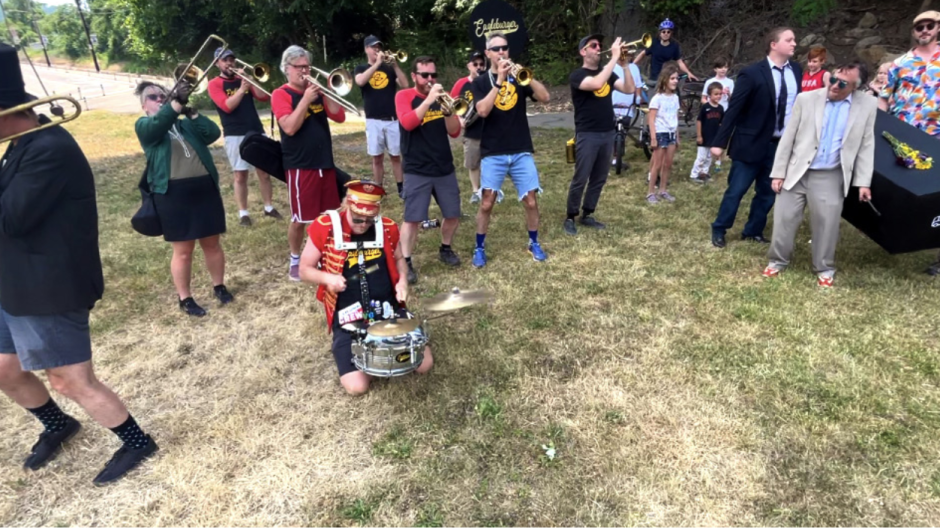
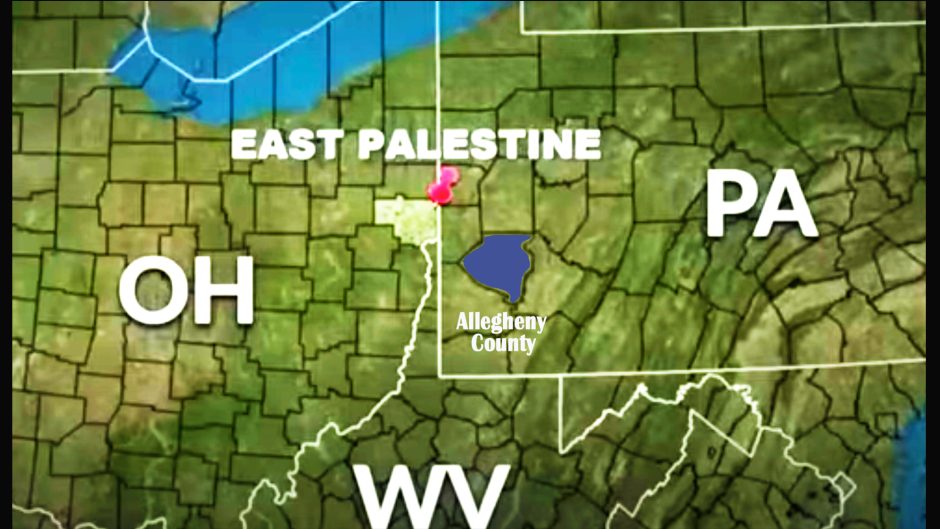
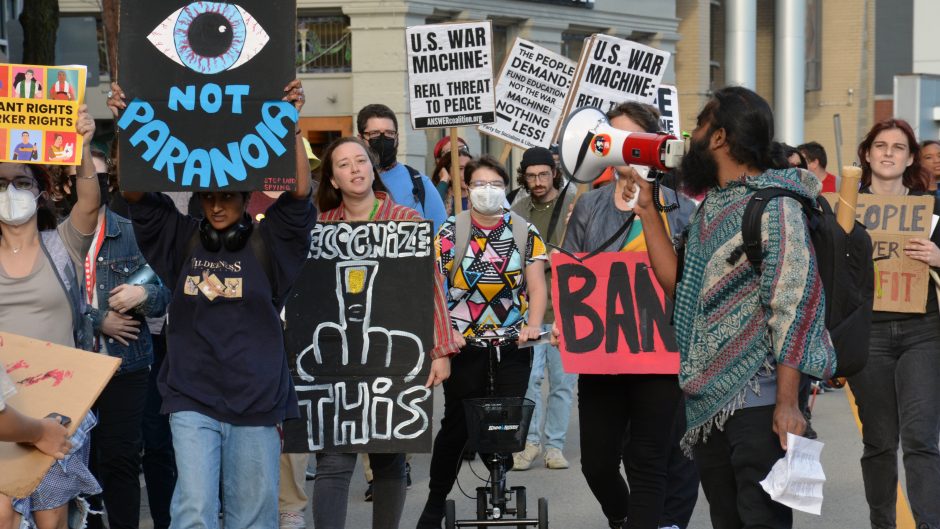
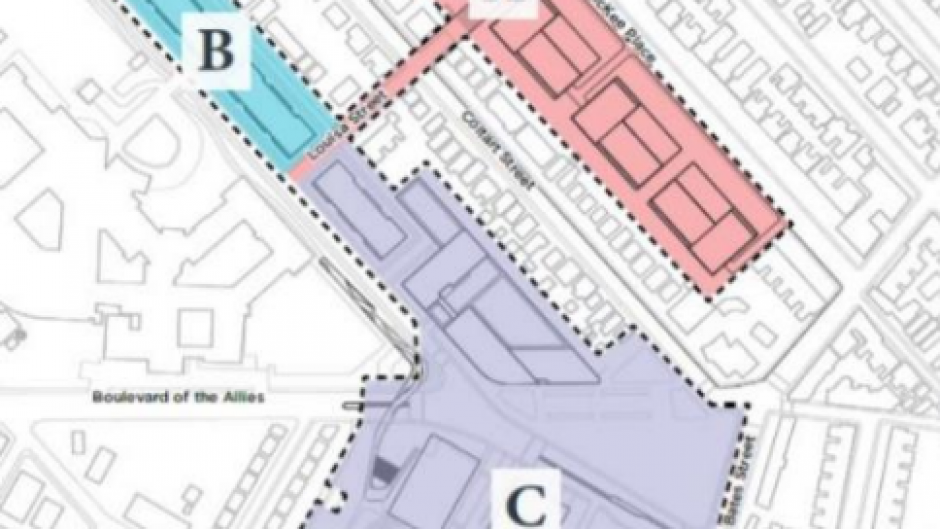
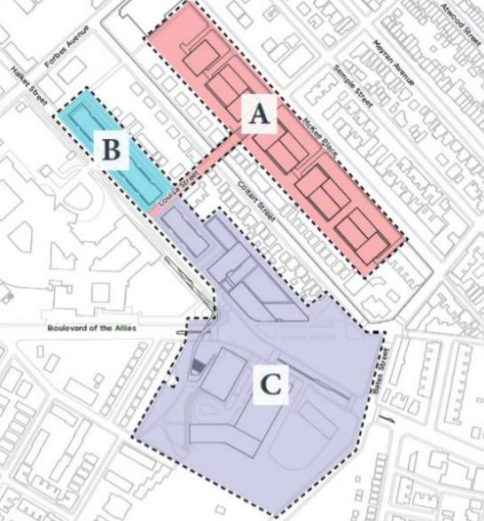
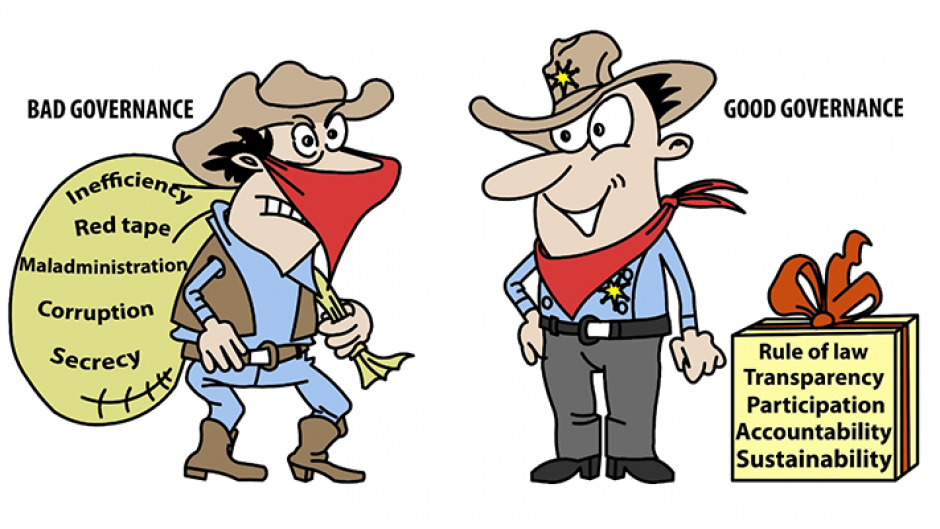
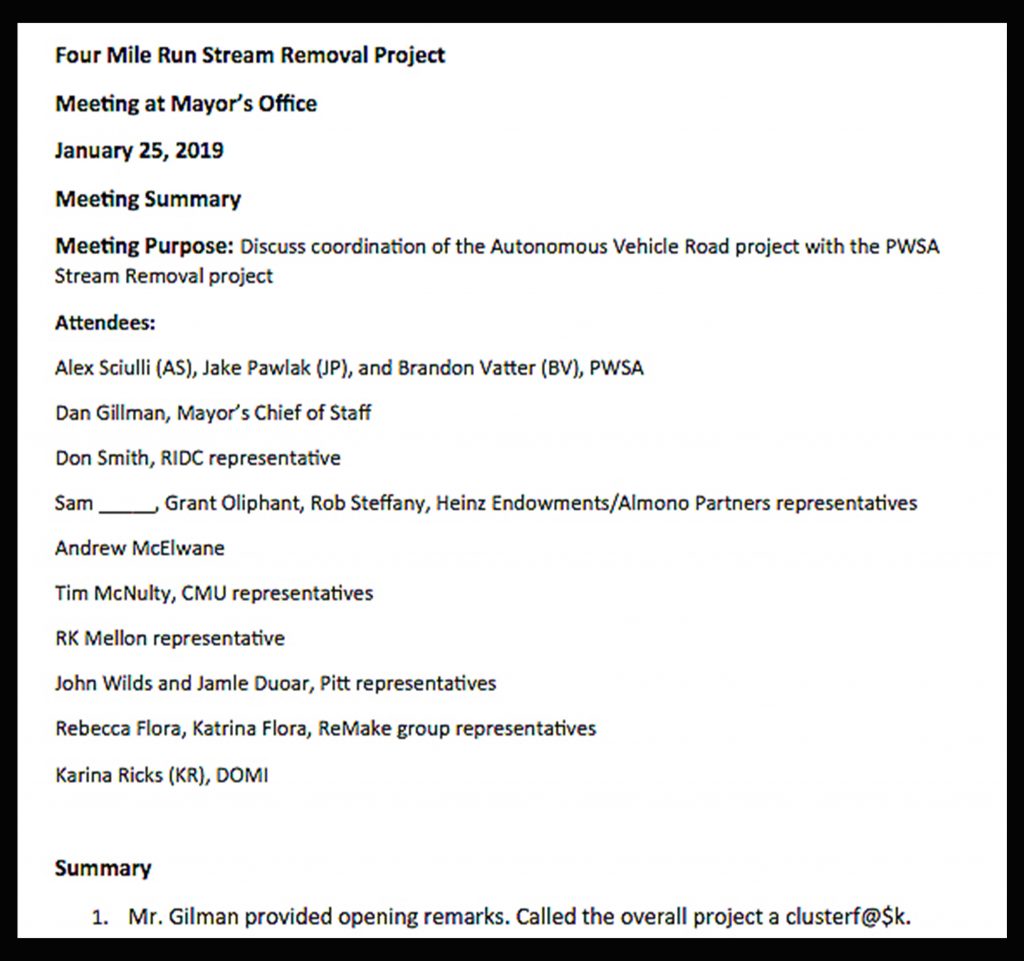
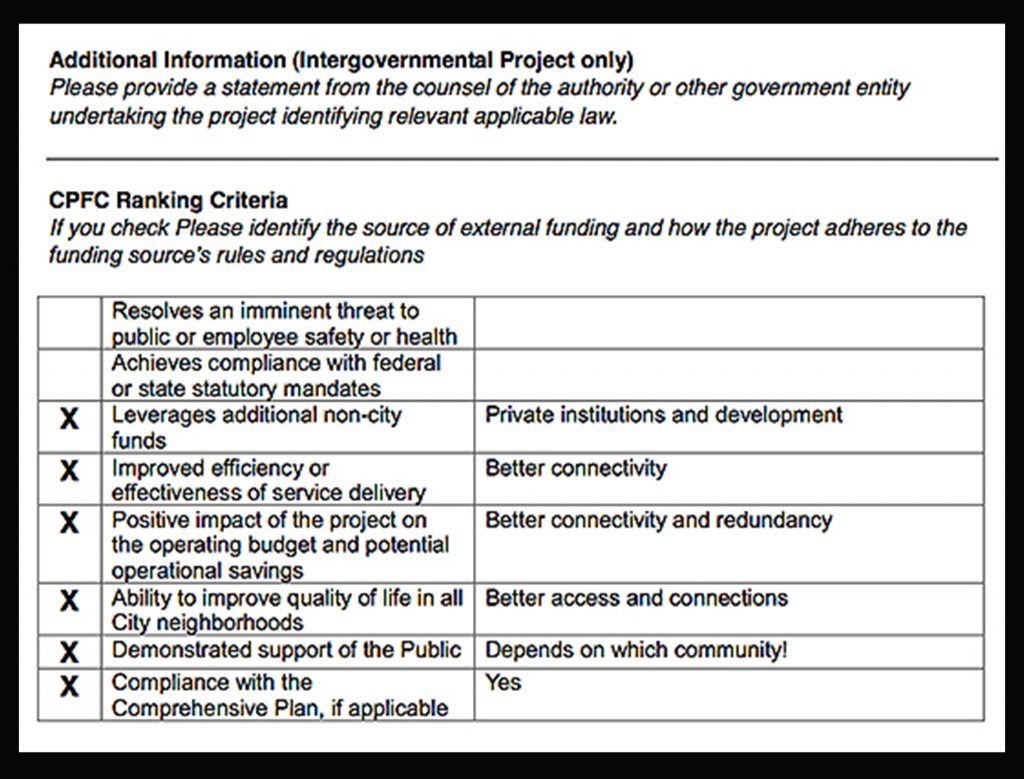
Recent Comments